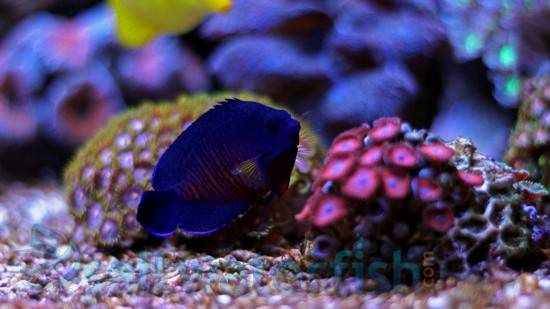ORA Black & White Clownfish - Aquacultured
Amphiprion ocellaris
(0 Reviews)

ORA Black & White Clownfish - Aquacultured
Amphiprion ocellaris
(0 Reviews)
{{ item.name }}
Size: {{ item.extra_field_3 }}
${{ getFormattedPrice(item.saleprice) }} ${{ getFormattedPrice(item.price) }}
To join the waiting list, click here
Free Shipping
With
$199.00
or more in Marine Life.
More details...
ORA Black & White Clownfish - Aquacultured Care Facts
| Size: | 1-2 inches |
|---|---|
| Care Level: | Easy |
| Temperament: | Peaceful |
| Reef Safe: | |
| Diet: | Pellet, Flake |
| Origin: | Aquacultured by ORA |
| Acclimation Time: | 2+ hours |
| Coral Safe: | Yes |
| Invertebrate Safe: | Yes |
| Minimum Tank Size: | 10 gallons |
Great little fish very healthy upon arrival friendly in the tank!
Reviewed by: Rhonda on Dec. 13, 2014
Reviewed by: Katie on Oct. 15, 2014
I ordered a pair with dissimilar sizes, so that they are not fighting with each other. They came very healthy, Though it took time for them to start eating. Now they seem to be eating well and swimming to all places of the aquarium.
Reviewed by: Venkat on July 11, 2014
This guy is very cool looking in the tank he is peaceful hardy calm loving gets alone with my other clowns of different colors...some even say at times he looks bluish/dark purplish! HE is a winner!!!
Reviewed by: Ashley House on May 14, 2012














